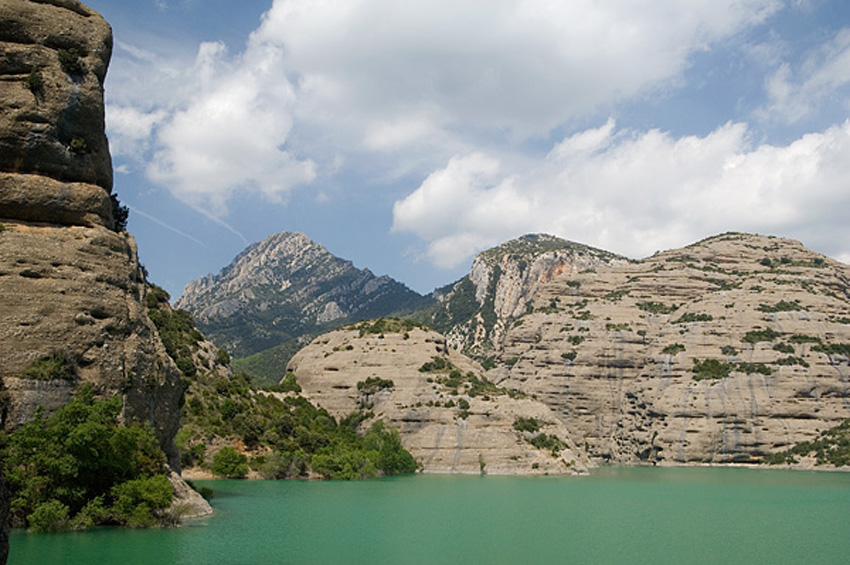
The true attraction of the small hamlet of Vadiello is its nearby landmarks: the reservoir of the same name is surrounded by some of the most spectacular natural sights in Hoya de Huesca. These are the Ligüerri mallos, which feature two monolithic rock formations, the Mitra and the Puro. The Isarre ravine, where the Chapel of San Chinés is located, is also nearby.
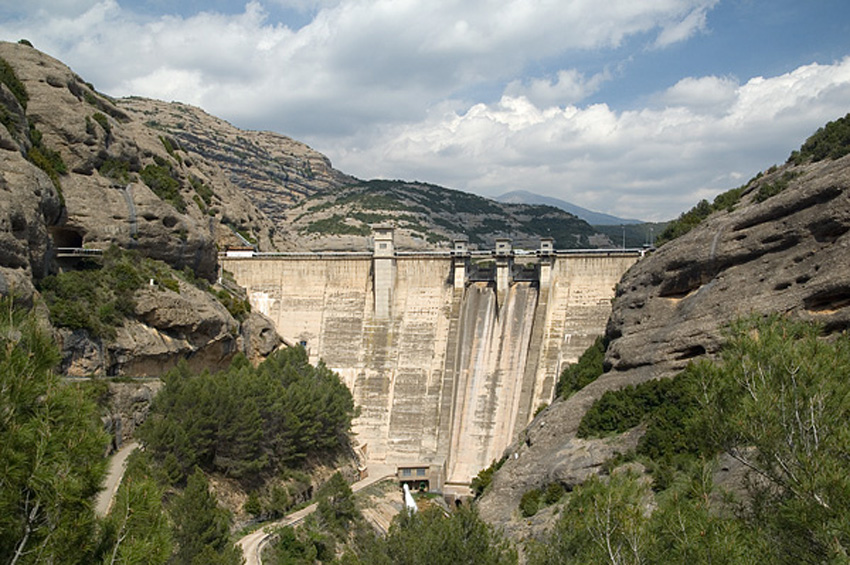
Other landmarks in the area are the Huevo de San Cosme and the Pico Borón, the Diablo ravine, the Lazas ravine and an endless list of attractions guaranteed to delight visitors who come to see the area’s magical rock formations.
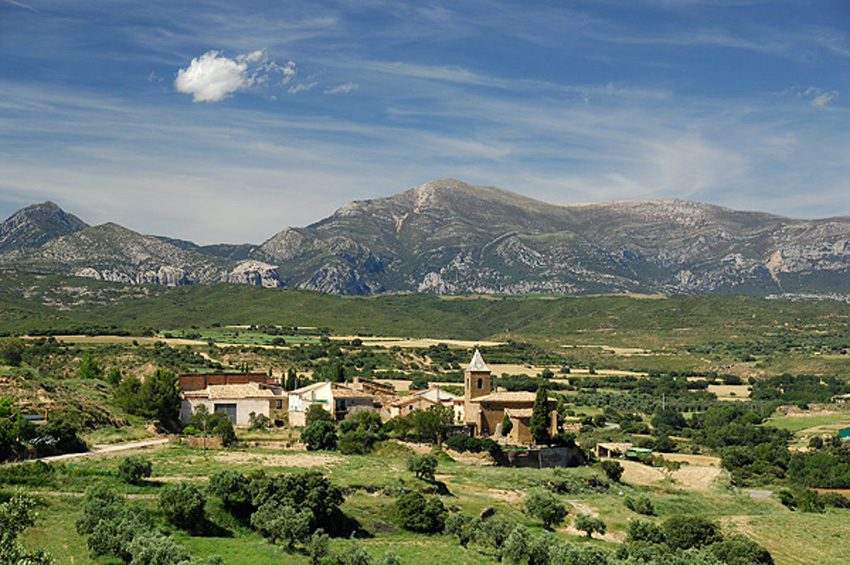
The village is located on a hill to the west of the Guatizalema River, in an area where a deep river bed is formed.
Like other village around Loporzano, Sipán also once belonged to the Montearagón Abbey.
The uneven terrain makes the village’s urban layout somewhat crooked, with the Parish Church of María Magdalena at one end of the main street; this simple 16th-century masonry building has a tower on the façade and half-point façade supported by slender posts.

Nearby is the Chapel of Santa Lucía, a blend of construction stages from the 16th and 17th centuries; another landmark is the medieval pointed bridge that crosses the Guatizalema River.
Sipán celebrates its annual festivals on July 22nd in honor of St. Mary Magdalene, on December 13th in honor of St. Lucia, and on January 20th in honor of St. Fabian; it also joins neighboring villages on the pilgrimages to the Chapel of San Cosme and San Damián on May 9th, and to the Virgen del Viñedo on May 1st.
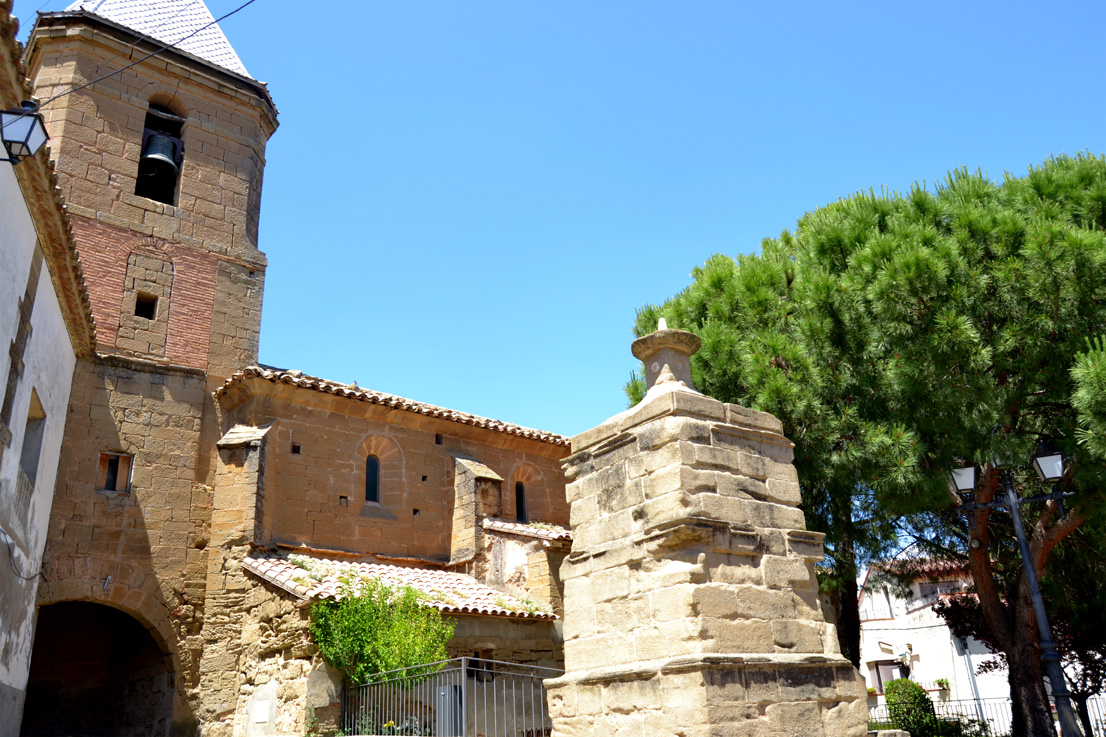
The terraced hamlet of Sasa del Abadiado is tucked betwen the Ripa and Prieto streams.
Formerly the property of the Montearagón Abbey, the village is built in two terraced levels, with the church at the center of one.
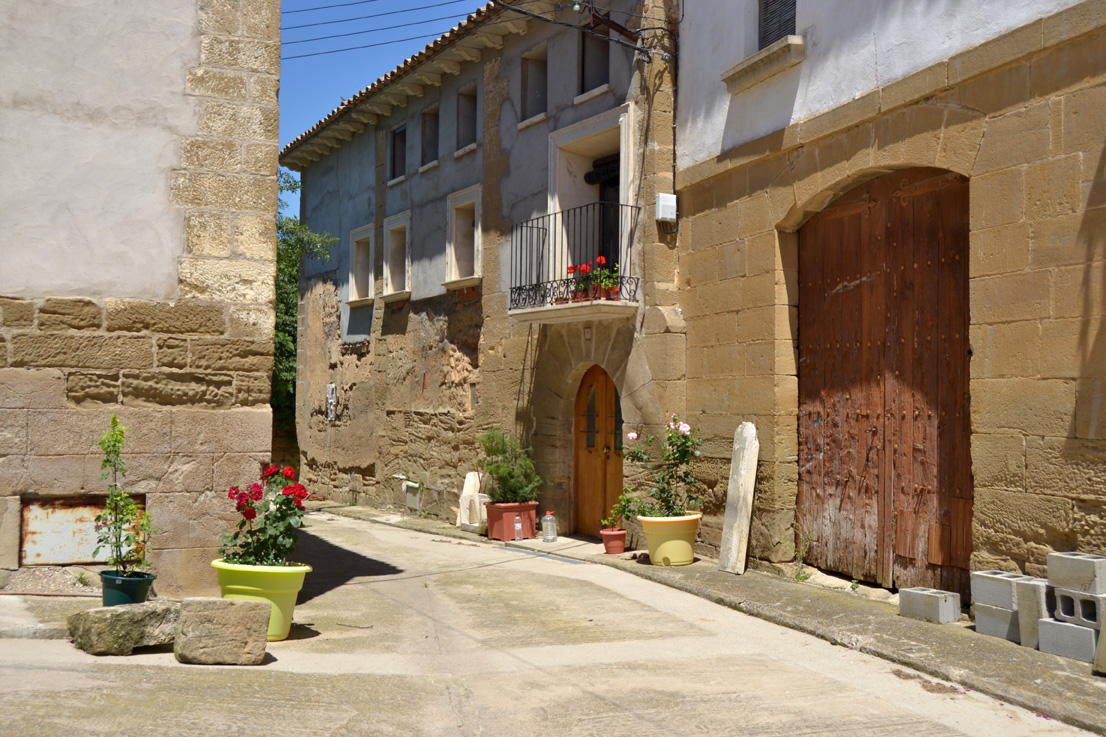
The houses in the urban center are powerful, sturdy, and large, and the Church of Santa Maria dates back to the Renaissance but was later reformed in the 18th century.
The Chapel of San Vicente, a small and traditional-style building, is now in ruins yet found in a charming natural surrounding; also of interest is a medieval necropolis with several sarcophagus and slabs, and the Cueva fountain, known for its medicinal water.
The village celebrates its festivals on May 22nd in honor of St. Quiteria and on January 22nd in honor of St. Vicente, and is one of the villages that joins the pilgrimage to the Chapel of the Virgen del Viñedo every May 1st.
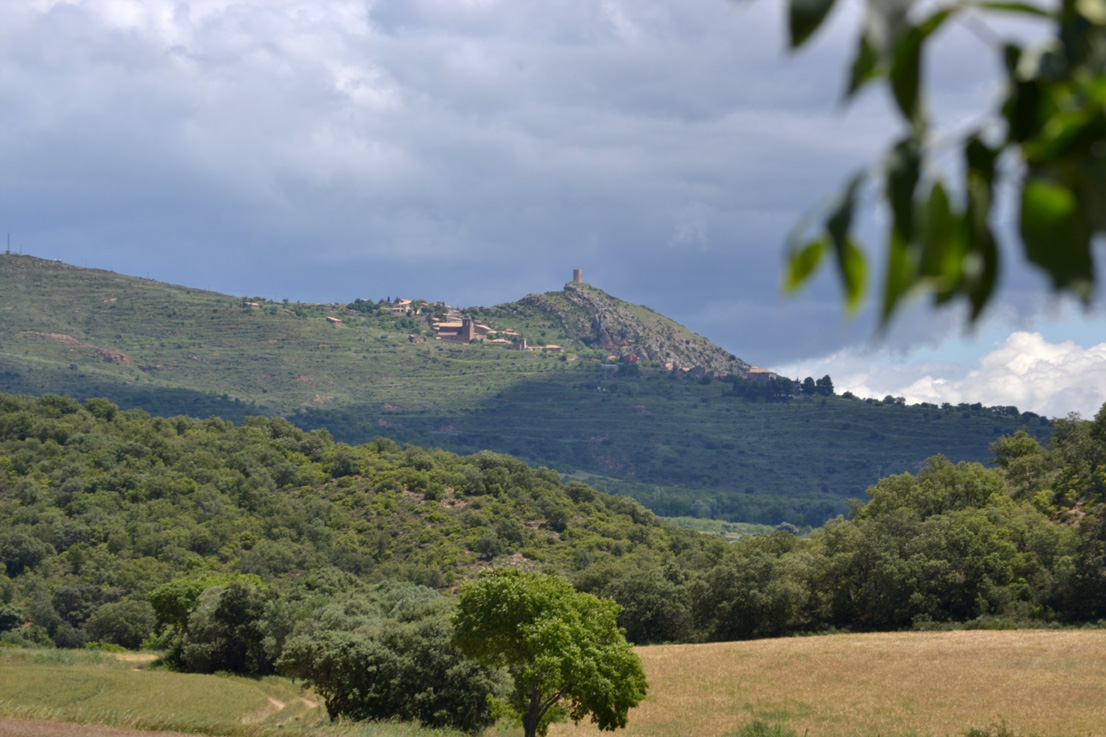
The iconic profile of Santa Eulalia la Mayor rises from the gorges of the Guatizalema River, overlooking the plain below at the edge of the Sierra de la Gabardiola.
Its tower, a defensive bulwark from the 11th century, towers over the surrounding area at 867 meters above sea level, a strategic position when it was built and today providing outstanding views of the surrounding area.
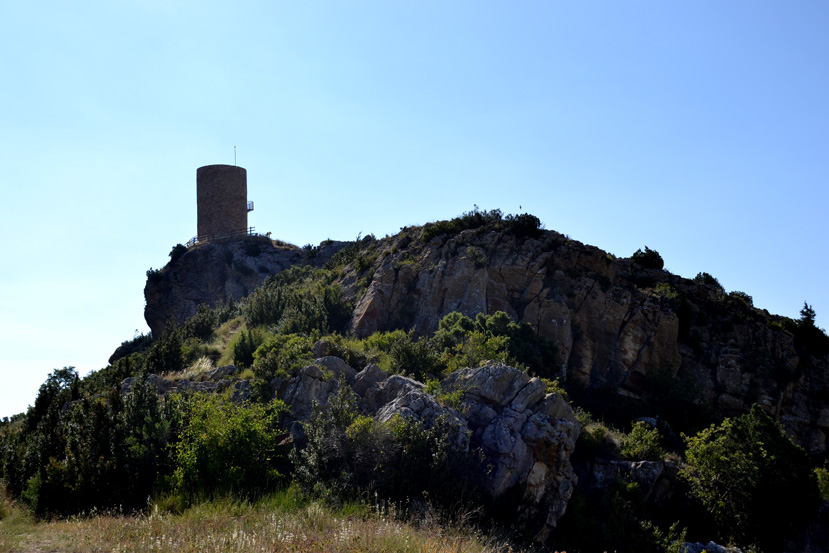
The hamlet is staggered, the result of the uneven terrain, with the 17th-century Parish Church of San Pedro taking up a prominent position.
Nearby are several examples of the region’s cultural heritage that date back to different historical and prehistoric periods. The first is the Chapel of Sescún, a simple transitional Romanesque-style building. Another interesting visit is to the abandoned medieval village of Isarre. And the sanctuary cave of San Chinés, of Hispanic-Visigothic origin, and the “Cuatro Vientos” shelter, with traces from the Eneolithic and Bronze ages.
Santa Eulalia (or Santolaria) celebrates its annual festival on February 2nd in honor of the saint of the same name, a minor festival is held during Pentecost, and the village participates in the pilgrimage to the Chapel of the Virgen del Viñedo, the region’s quintessential and most popular holy site.